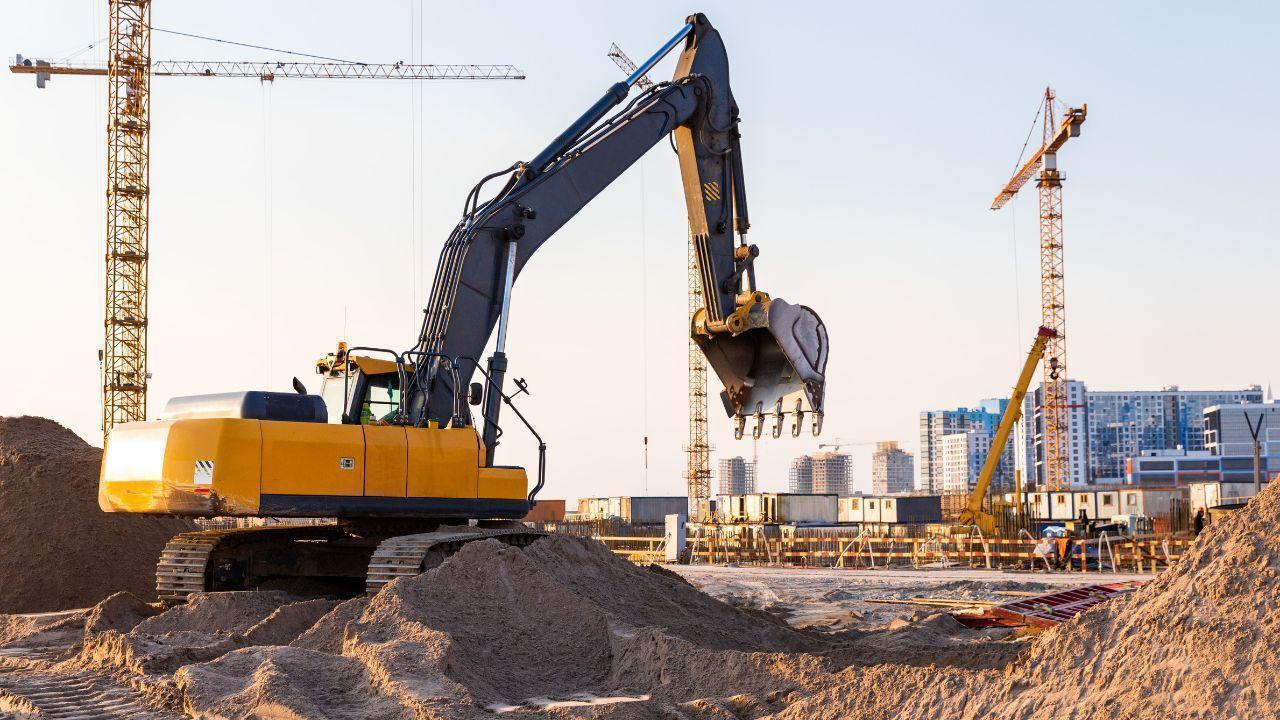
Post by : Vansh
As our world becomes increasingly interconnected, the convergence of infrastructure and innovation is reshaping how societies operate. No longer just roads, bridges, or buildings, infrastructure now embodies intelligent systems, sustainable practices, and digital integration. At the heart of this transformation lies a powerful concept: building the foundations of the future. This vision is no longer distant—it's unfolding today in smart cities, renewable energy projects, and data-driven urban planning.
Traditional infrastructure was built with one goal: functionality. But today’s demands go far beyond the basics. Modern societies need resilient, adaptive, and eco-friendly systems. From flood-resistant bridges to AI-controlled traffic systems, infrastructure has become an ever-evolving ecosystem.
This evolution is largely driven by technology. With the integration of sensors, automation, and real-time data, infrastructure can now “think” and respond. Smart water systems detect leaks instantly. Roads manage traffic flow autonomously. Energy grids shift loads to prevent outages. This is not science fiction—it’s the new normal where infrastructure meets innovation.
Across the globe, governments and developers are designing smart cities as living examples of the foundations of the future. These urban environments incorporate high-speed internet, interconnected devices, and artificial intelligence to optimize daily life.
In cities like Singapore and Dubai, smart traffic lights reduce congestion using AI, while public services are delivered through digital platforms accessible from smartphones. Even waste management is automated, with smart bins signaling when they’re full.
Smart cities not only offer convenience but also promote efficiency and sustainability. By reducing resource consumption and maximizing service delivery, they lay a technological foundation that redefines urban living.
Another major focus of future-ready infrastructure is sustainability. As the climate crisis intensifies, eco-conscious design is becoming a non-negotiable priority. Infrastructure must now serve a dual purpose—support human activity and protect the environment.
Green buildings use solar panels, rainwater harvesting, and natural lighting to cut energy costs and reduce carbon emissions. High-speed rail projects offer alternatives to car and air travel, drastically lowering environmental impact. Even traditional materials like concrete and steel are being reinvented to be more sustainable.
Governments worldwide are setting ambitious targets to reduce infrastructure-related emissions, making sustainability not just an option but a global mandate. The success of these efforts lies in aligning technological innovation with environmental responsibility.
As infrastructure becomes more complex, managing it efficiently becomes crucial. Enter digital twins—virtual models of physical infrastructure assets. These digital replicas allow engineers to monitor real-world conditions, test improvements, and predict failures before they occur.
For instance, a digital twin of a railway system can simulate stress, detect micro-cracks, and plan maintenance proactively. This saves costs, prevents downtime, and improves safety. The rise of predictive maintenance supported by AI and IoT sensors further enhances this approach.
These technologies not only extend the lifespan of infrastructure but also provide a smarter way to plan upgrades and expansions. This is the kind of thinking that builds resilient foundations for future generations.
Innovative infrastructure requires substantial funding and collaboration. Public-private partnerships (PPPs) have emerged as a key model in advancing such projects. These agreements combine public sector oversight with private sector efficiency and investment, resulting in faster, more innovative outcomes.
From smart highways in the U.S. to solar power farms in Africa, PPPs are bridging financial and technological gaps. They allow governments to implement large-scale projects without bearing the entire burden of cost or risk, while private companies bring cutting-edge technologies to the table.
These collaborations represent a shift in how infrastructure is imagined and delivered—more inclusive, dynamic, and driven by shared goals.
This article is intended for informational purposes only and does not constitute professional, technical, or financial advice. Readers should conduct their own research or consult with relevant experts before making any decisions based on the content provided. Published by MiddleEastBulletin news network.










Pageau's Overtime Goal Propels Islanders to 4-3 Victory Over Golden Knights
In a thrilling overtime finish, Jean-Gabriel Pageau leads the Islanders past the Golden Knights 4-3,

MLB Awards: deGrom and Acuna Jr. Shine as Comeback Players
Jacob deGrom and Ronald Acuna Jr. celebrated MLB Comeback Player Awards, alongside Ohtani and Judge

Portugal Confronts Ireland in Pivotal World Cup Qualifier
Portugal, led by Cristiano Ronaldo, faces Ireland in a vital Group F World Cup qualifier that could

Haaland's Brilliance Leads Norway to 4-1 Victory Against Estonia
Erling Haaland showcases leadership as Norway crushes Estonia 4-1, boosting their World Cup ambition

Hawks Triumph Over Jazz; Suns and Raptors Secure Victories
Hawks' Onyeka Okongwu and Jalen Johnson lead in a thrilling win against Jazz; Suns and Raptors also

Indian Men's Recurve Team Clinches First Asian Gold in Nearly Two Decades
The Indian men's recurve team triumphed over South Korea, securing their first Asian gold in 18 year